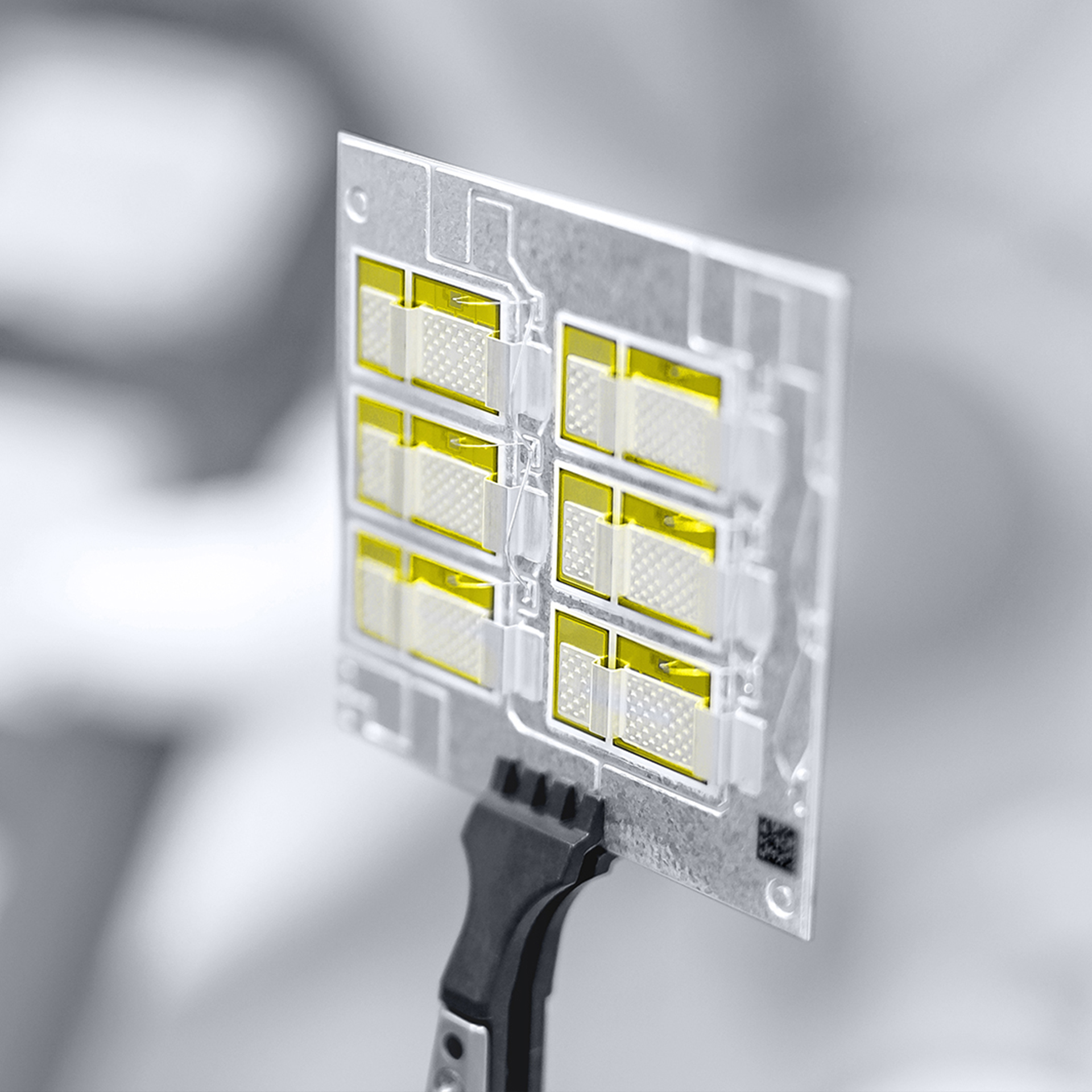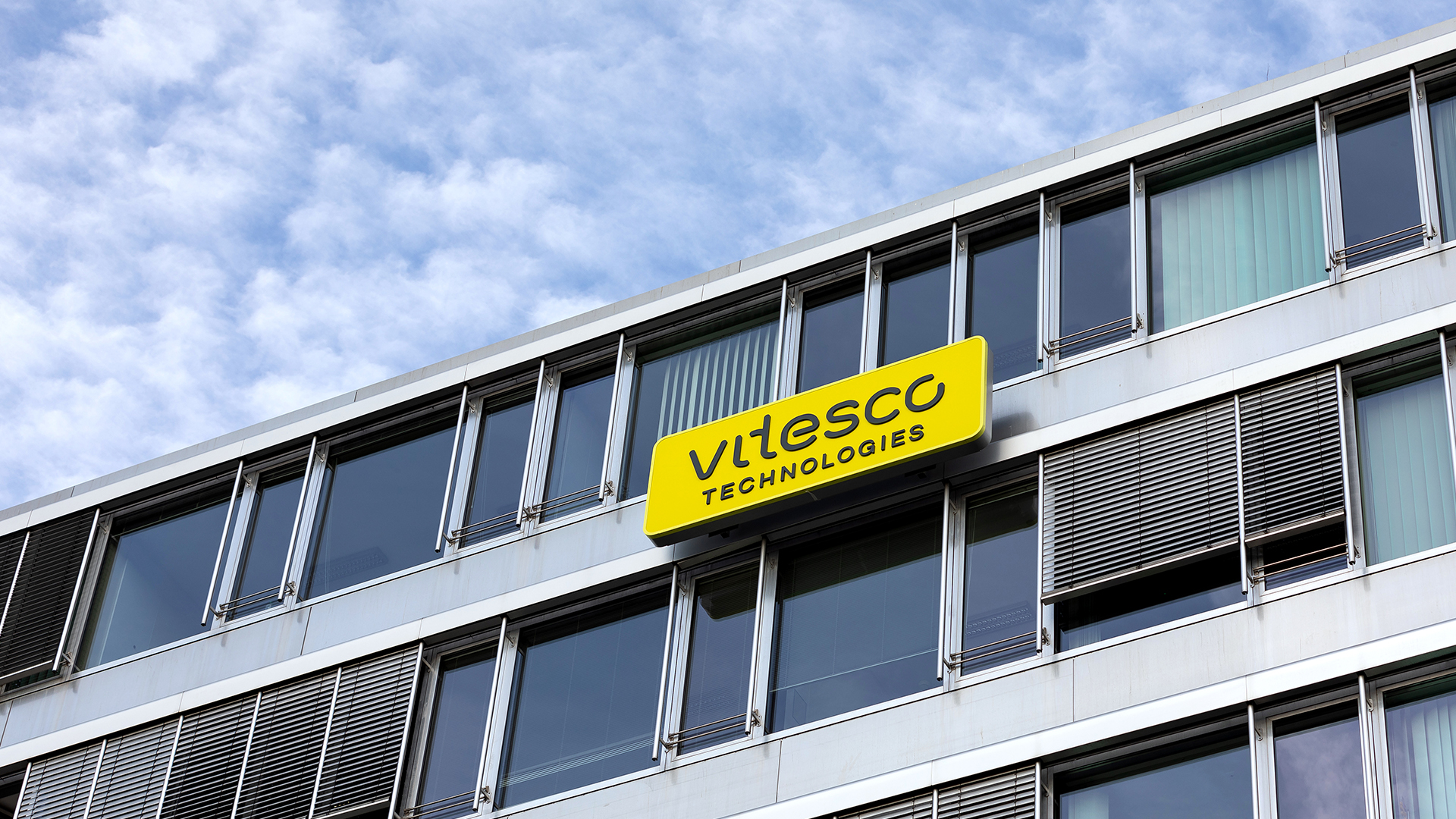










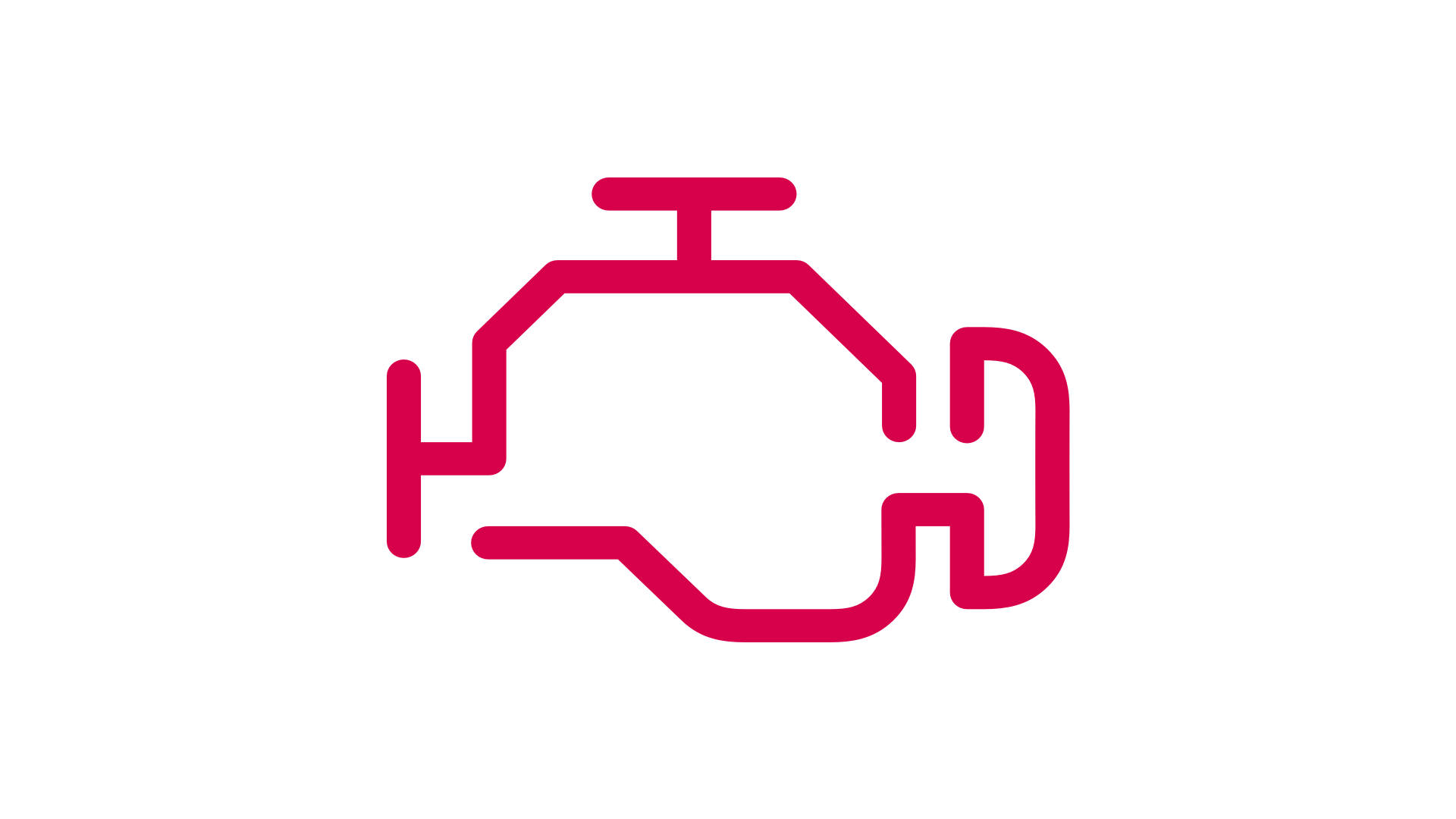
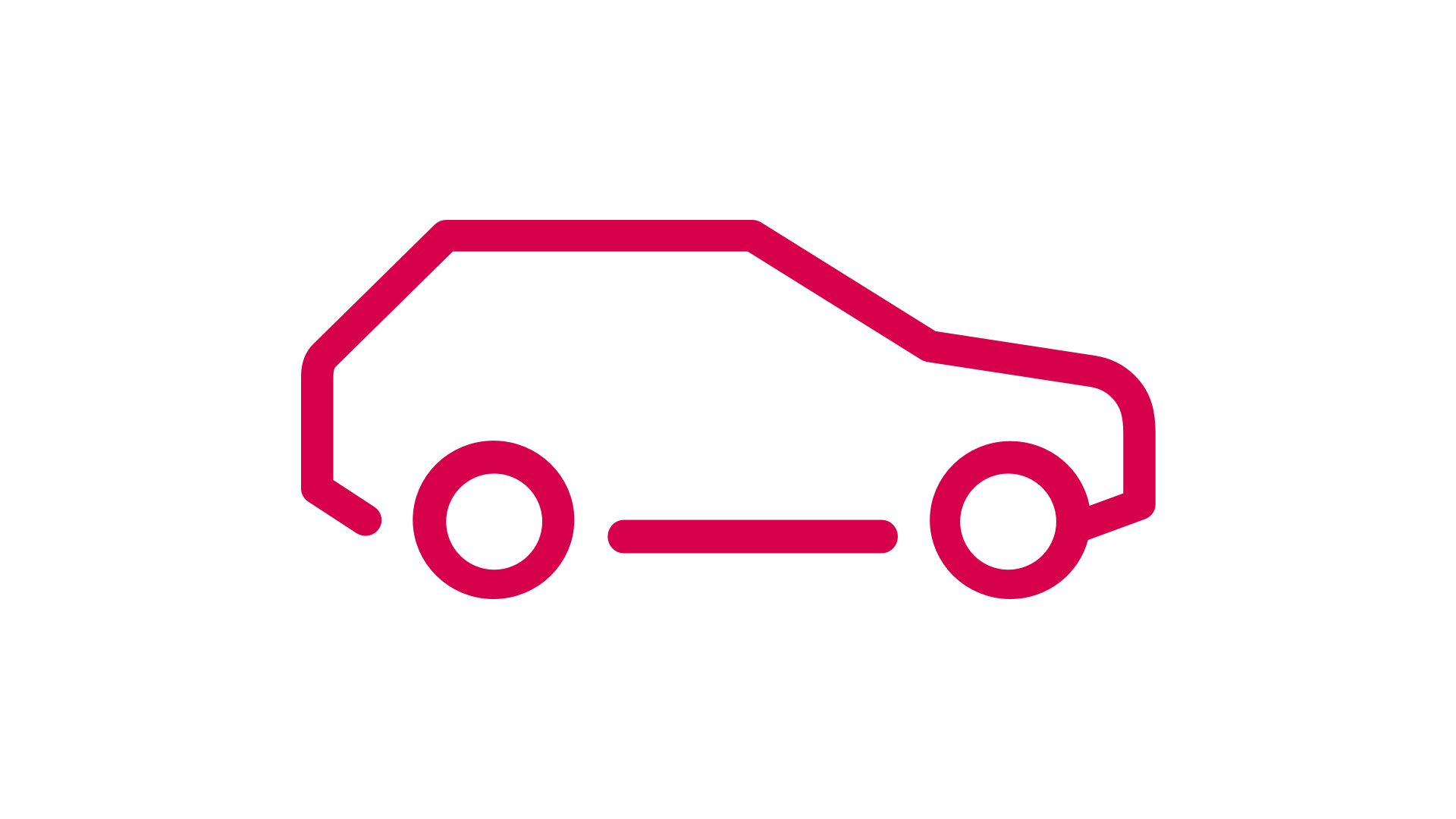
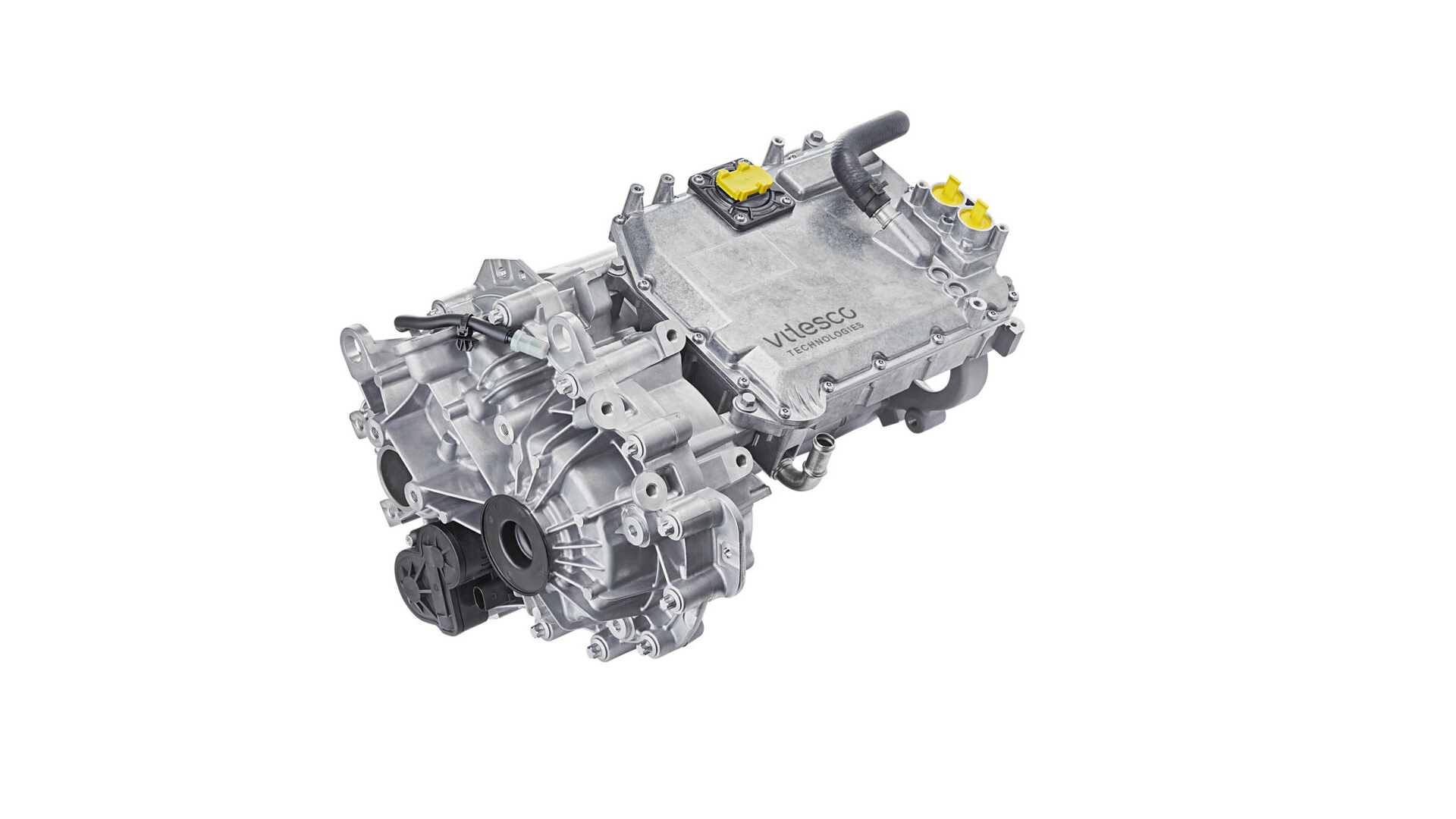
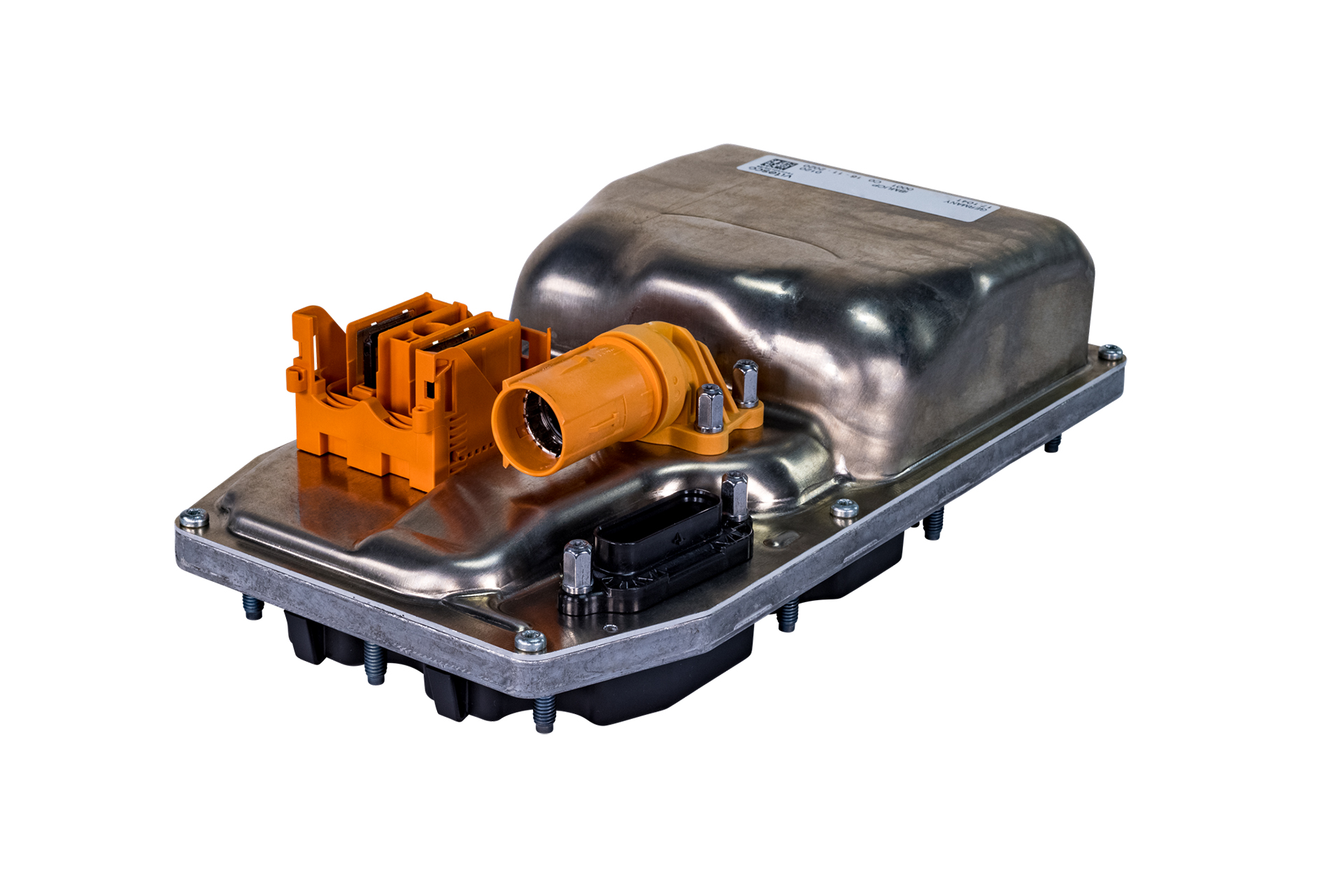


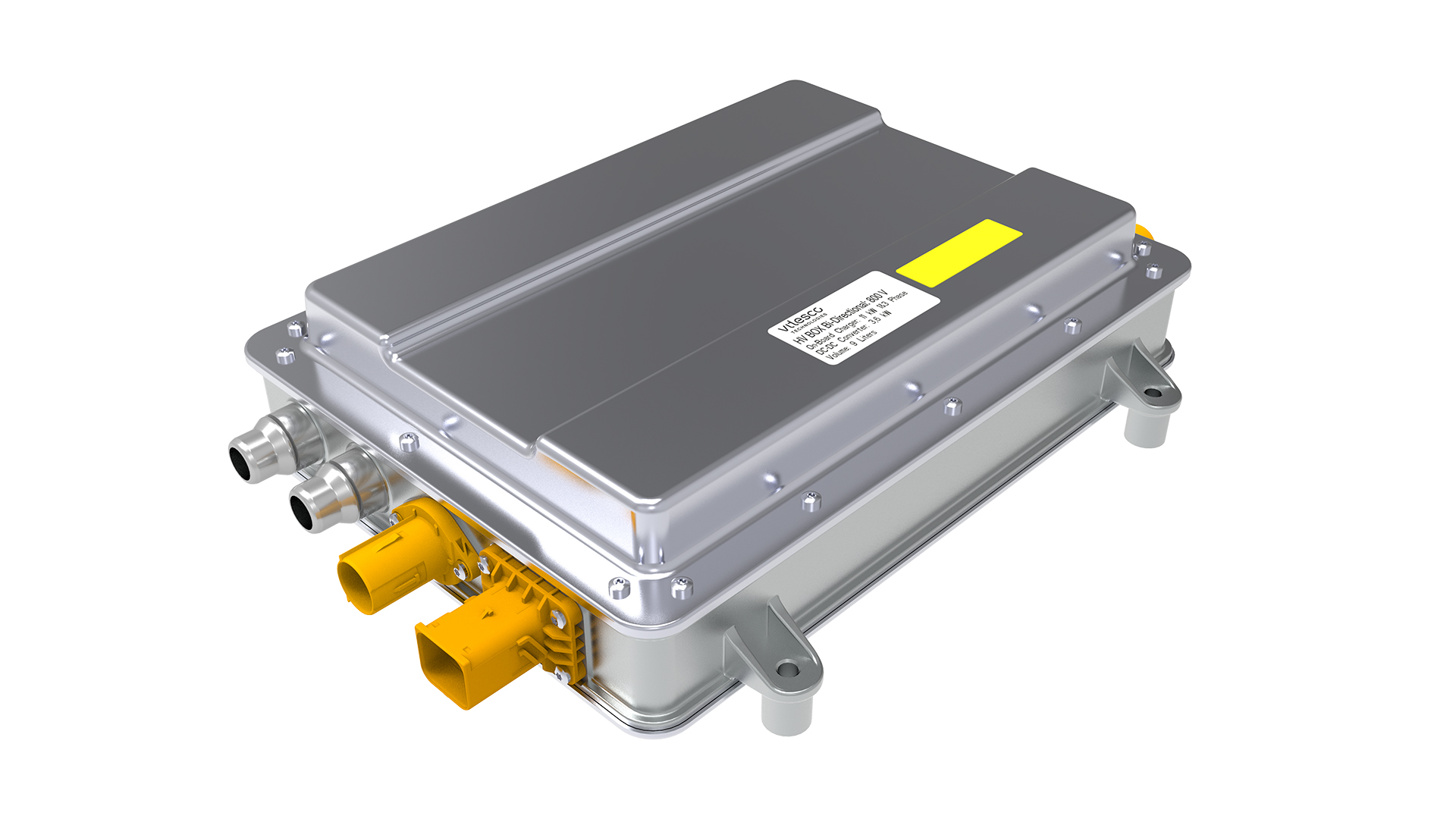
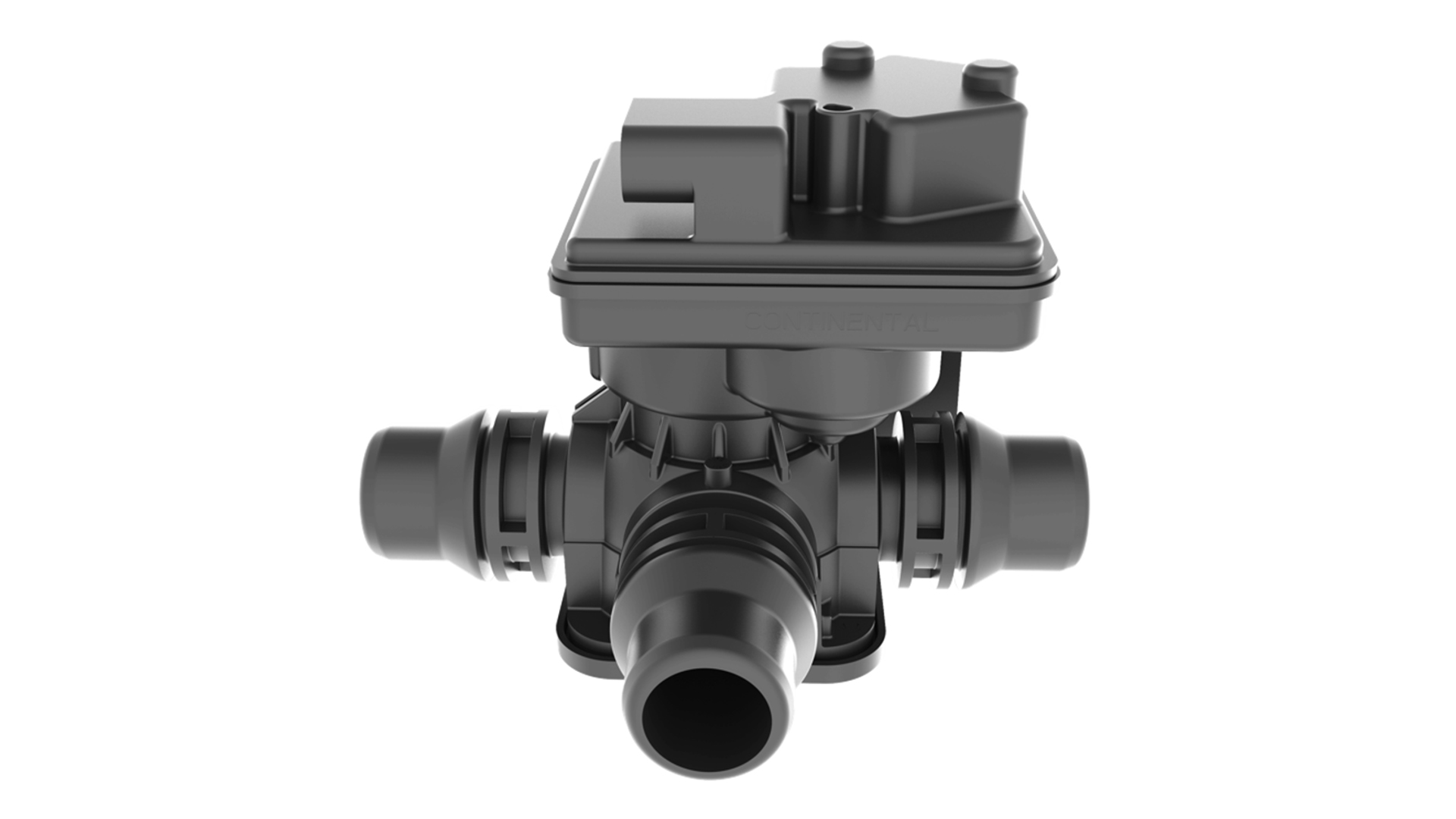
.jpg?width=407&resizemode=force)
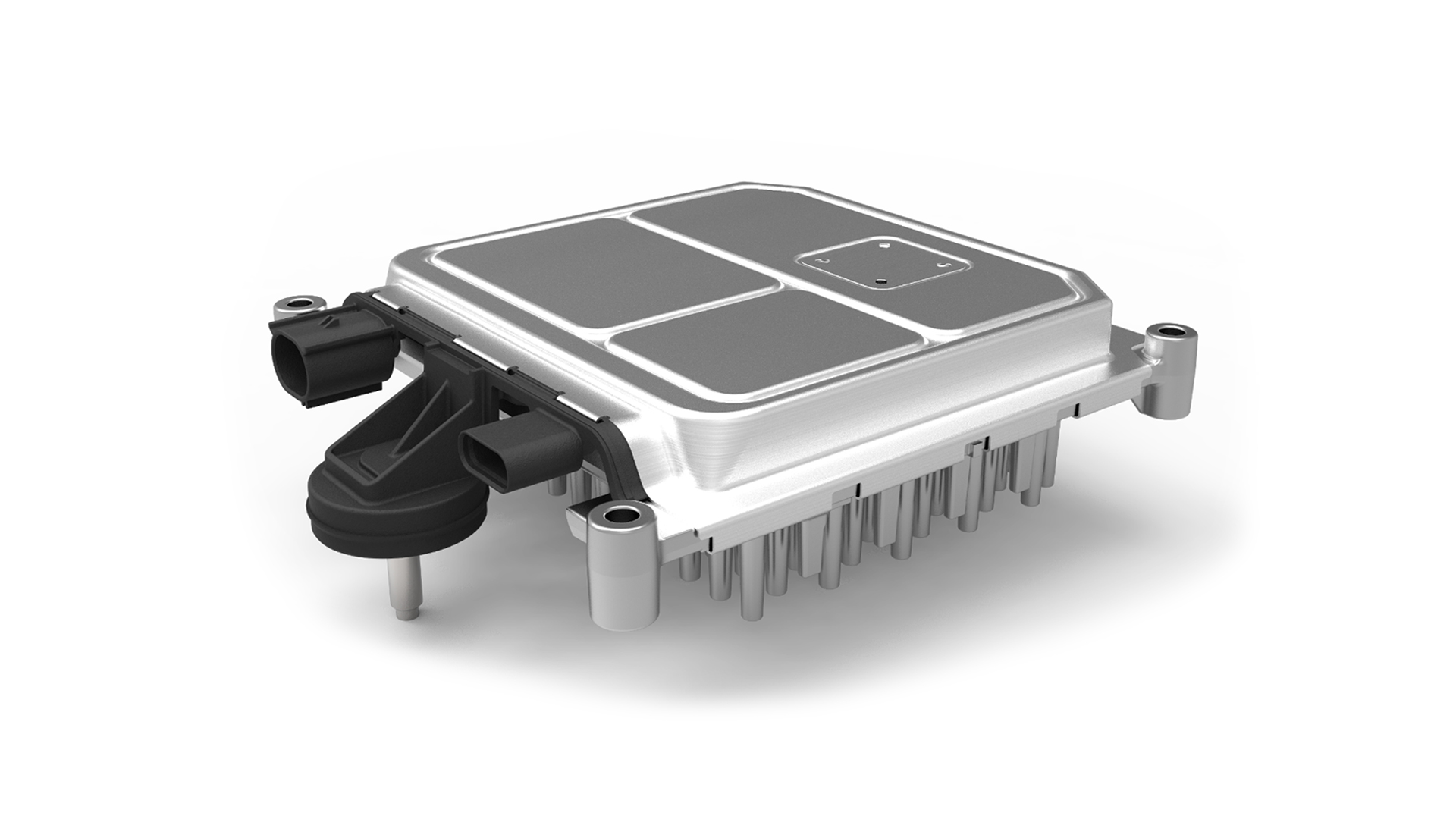

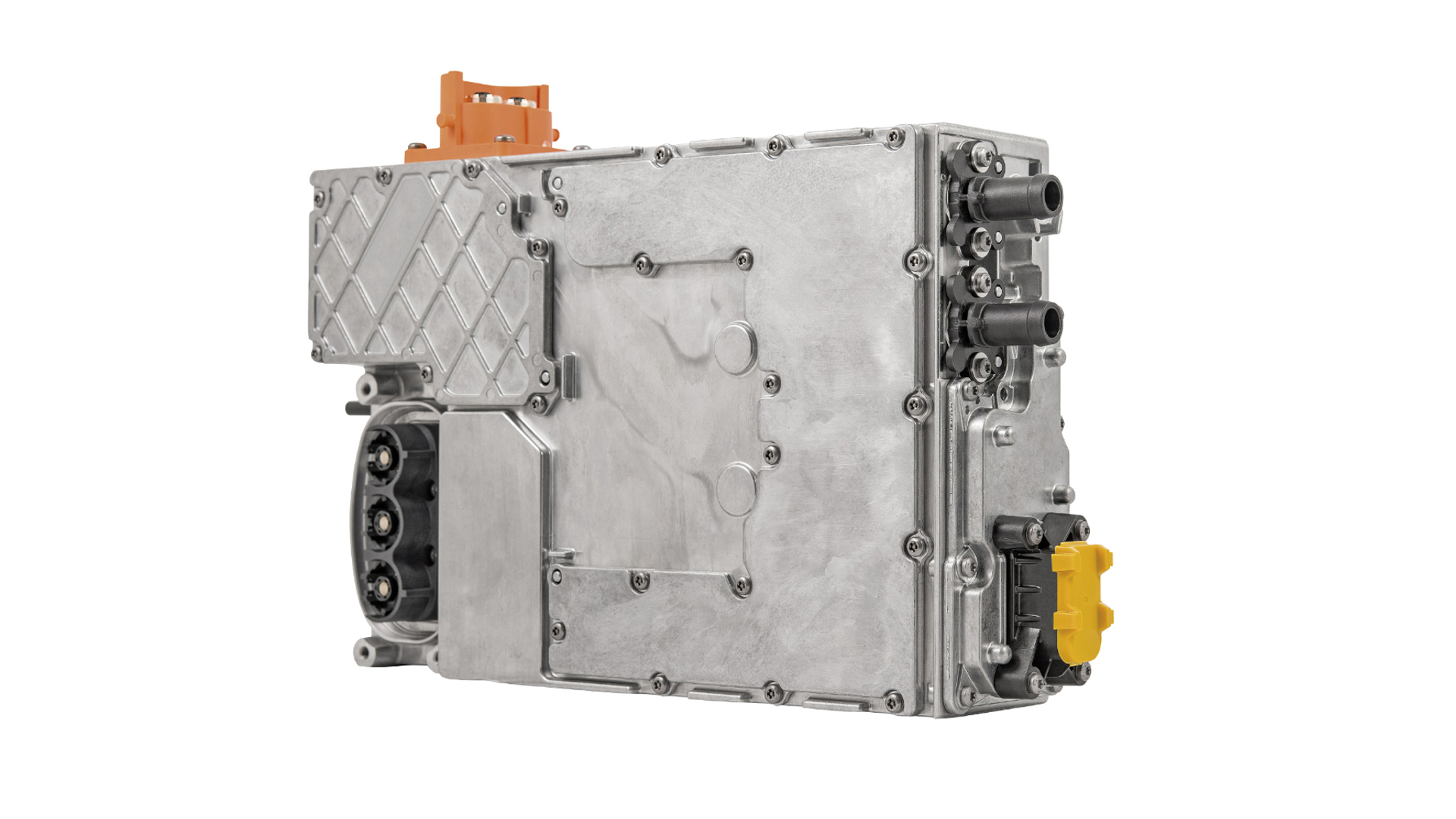
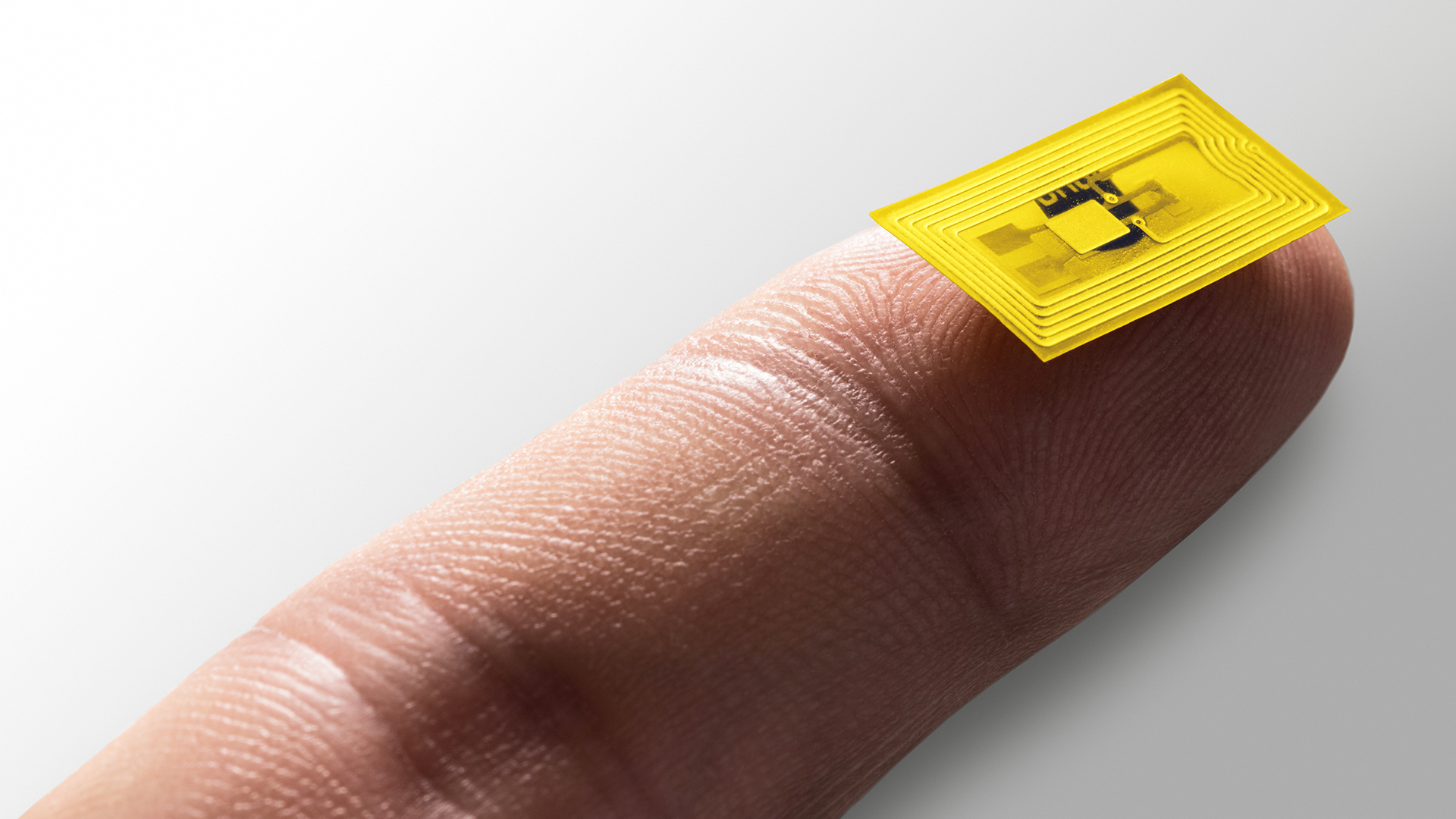

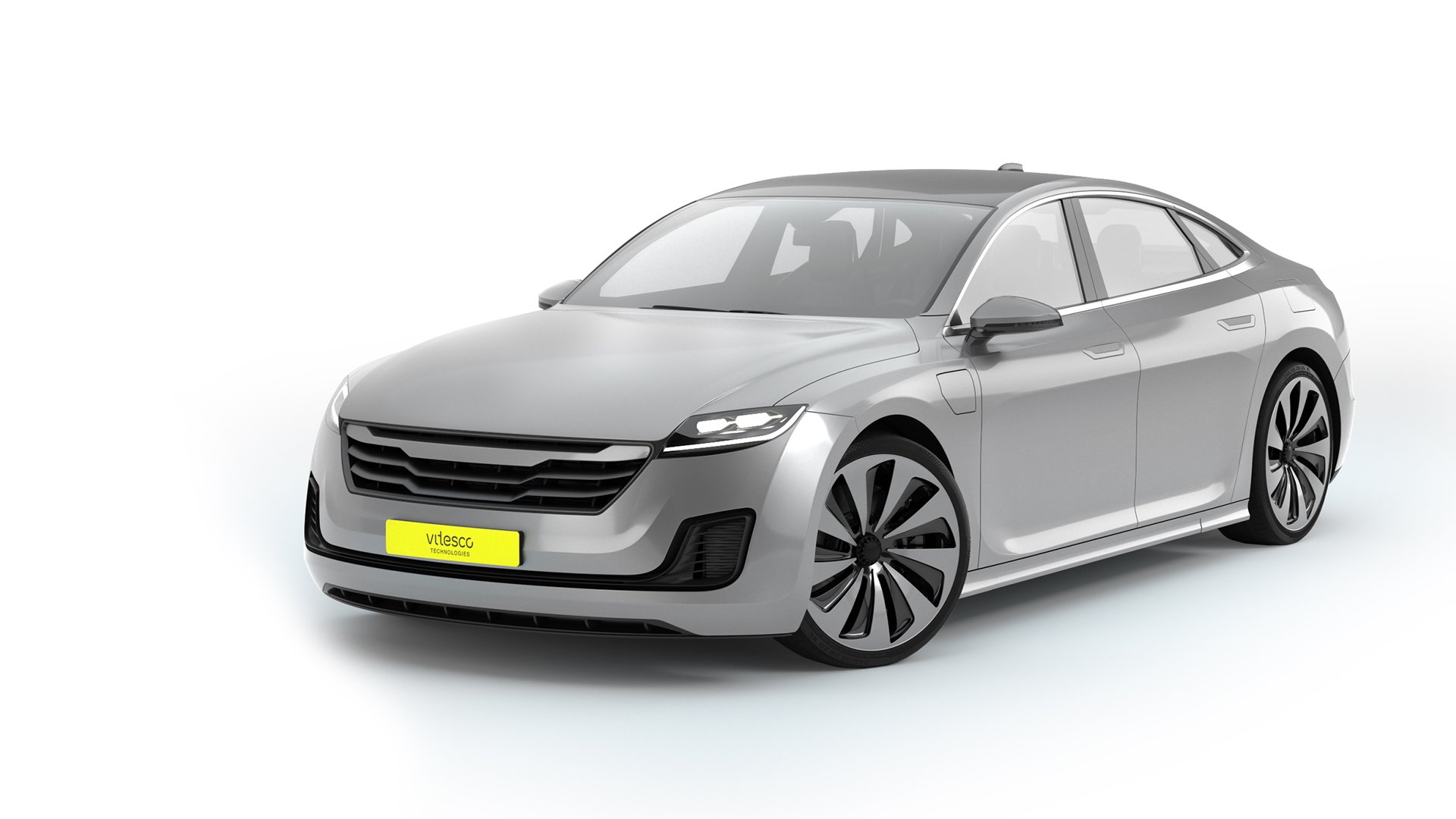



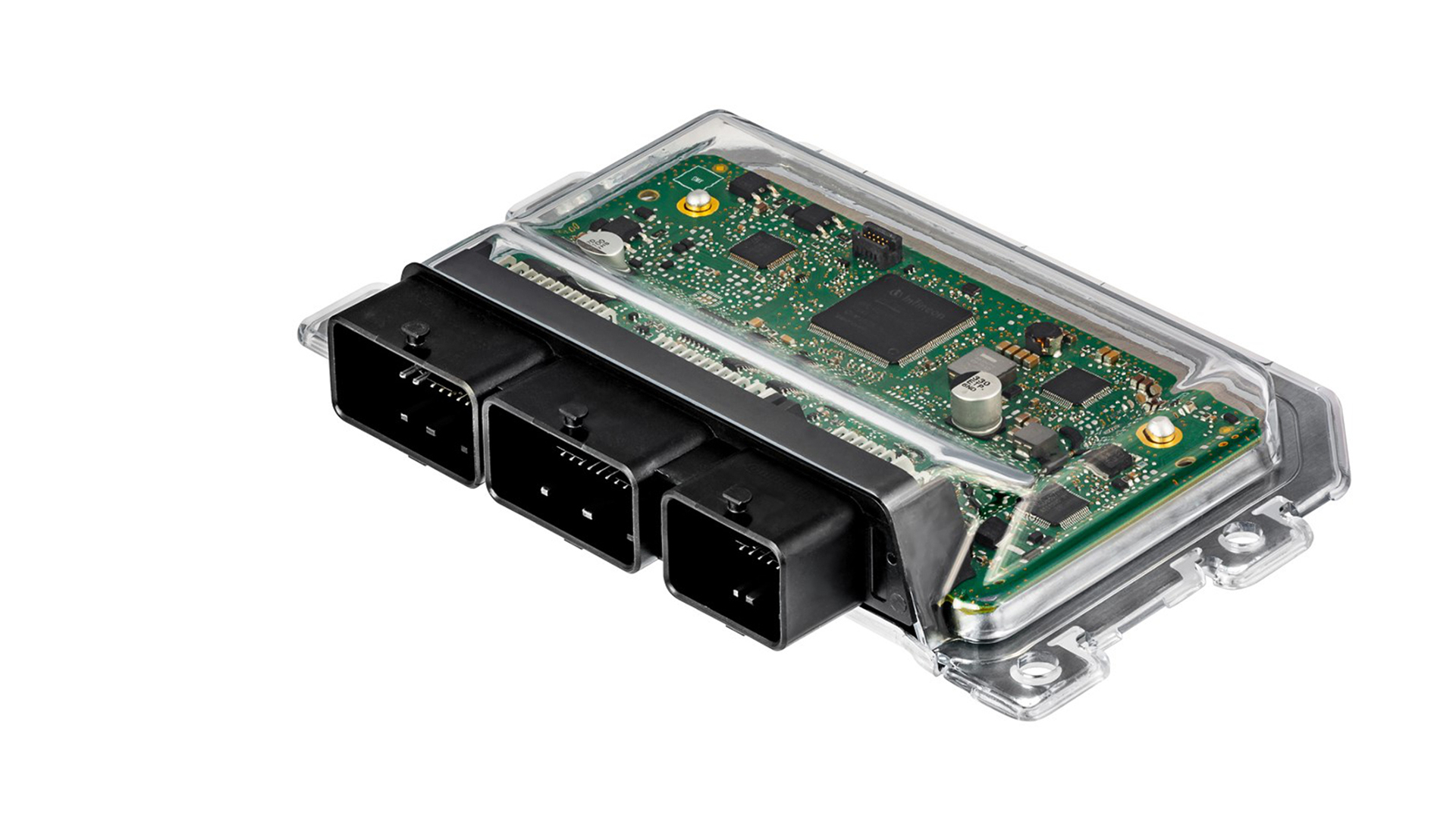
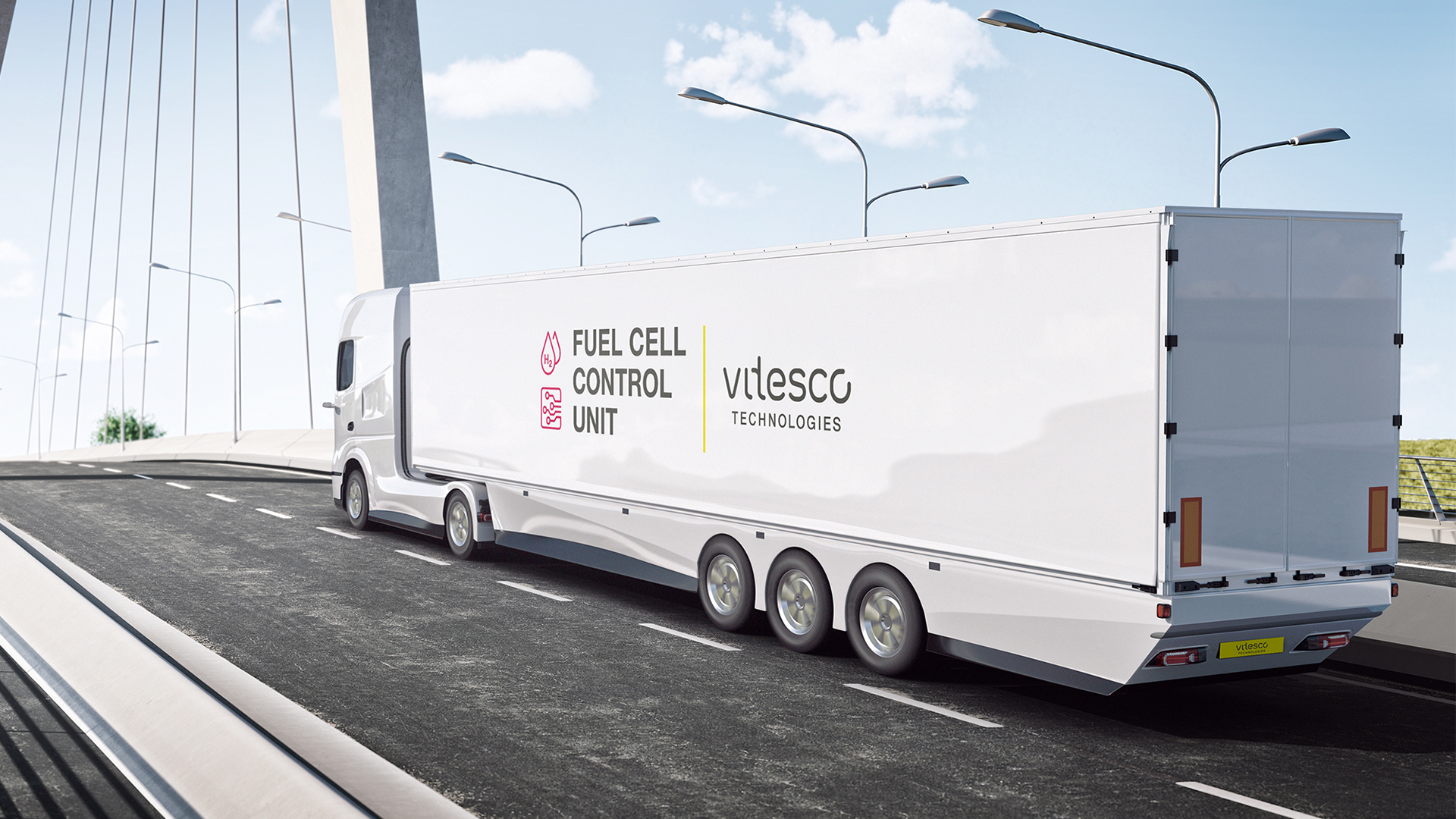




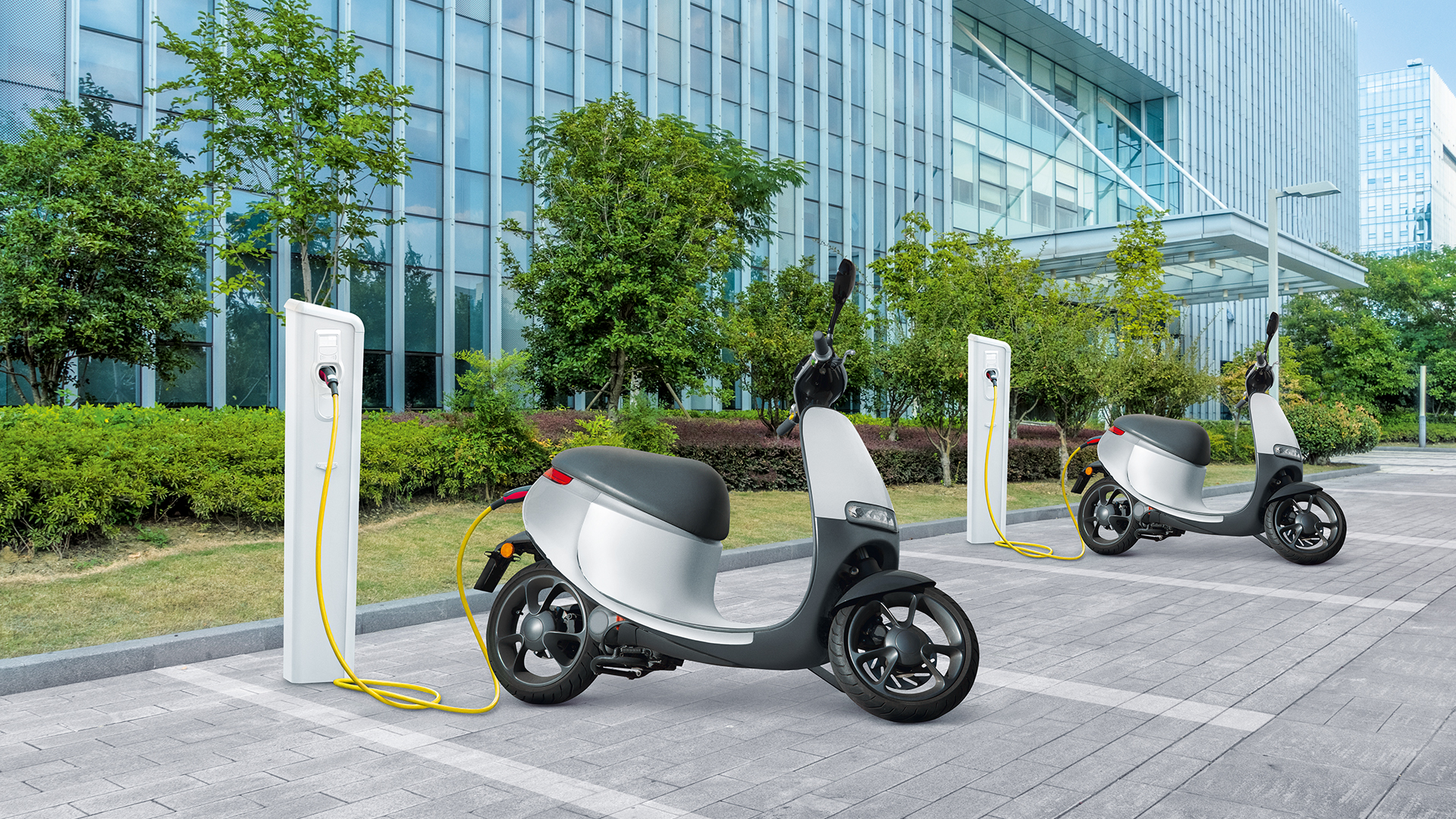




The Vitesco Technologies Group became part of the Schaeffler Group as of October 1, 2024, due to the merger of Vitesco Technologies Group AG into Schaeffler AG.
Please note: Legal or actual changes since October 1, 2024, are therefore no longer reflected in the content of the website.
As the website is no longer updated, we assume no liability for the content of this website, or the linked websites contained therein. The operators of the linked sites are solely responsible for their content.
Irrespective of this, you can still find the current BPCoC and the General Terms and Conditions of Purchase at Vitesco Technologies - Suppliers (vitesco-technologies.com)
Under the following link you will find the current Schaeffler website:



















.jpg?width=407&resizemode=force)





















A software-defined vehicle represents an innovative automotive paradigm, where traditional hardware elements like engine control or braking systems can be augmented or completely replaced by software-driven solutions, including algorithms replacing sensors and software controlling engine and braking functions. Hence, businesses arise from both the hardware and software of a component or system and must be considered separately. Therefore, this trend represents a paradigm shift in the automotive industry, emphasizing the importance of software in enhancing vehicle functionality, safety, and user experience over the vehicle's lifetime.
The SDV refers to the ability to upgrade a car throughout its lifetime using a centralized E/E architecture. Updating old and integrating new applications like temporary services, features, or apps, e.g. for infotainment and automatic driving will be enabled. To allow continuous updating and upgrading, agile DevOps processes like cloud connectivity for high speed (e.g. 5G) over-the-air updates on the one hand and virtualization as well as containerization, on the other hand, have to be integrated among other functions.
Besides, providing a smartphone-like platform for app and feature updates as well as AI tools, centralized high-performance computing combined with a zonal architecture has to be employed. This will reduce the number of decentralized electrical control units and thus also the wiring harness. Finally, internal (e.g. ethernet) and external (e.g. cloud) communication paths using wired and wireless solutions will evolve as well.
Vitesco Technologies’ portfolio offers already SDV-ready components and the company is also working on providing products for the E/E architecture of tomorrow.
